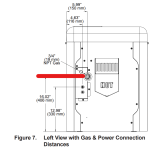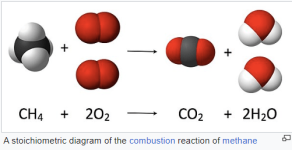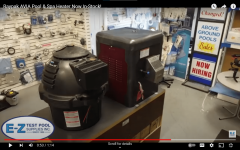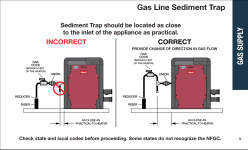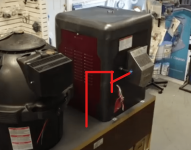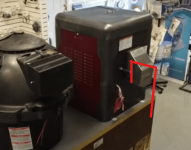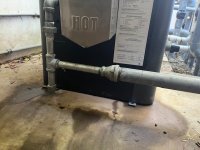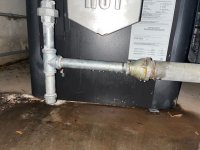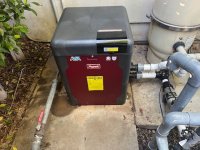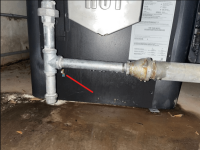Hi, I just got a new raypak avia heater installed. Model P-R404A-EN-C. I'm noticing that there is a lot of condensate drip on the gas line that passes under the vent (as the gas line is right next to the exhaust vent). I assume this is going to be a problem... This is an outdoor install with just the factory vent.
I think the question is: With the gas line coming from the front left of the unit, how does one route the gas lines so as to not cause the vent to blow hot air on the gas pipe and thus make it constantly wet with condensation?
I think the question is: With the gas line coming from the front left of the unit, how does one route the gas lines so as to not cause the vent to blow hot air on the gas pipe and thus make it constantly wet with condensation?


